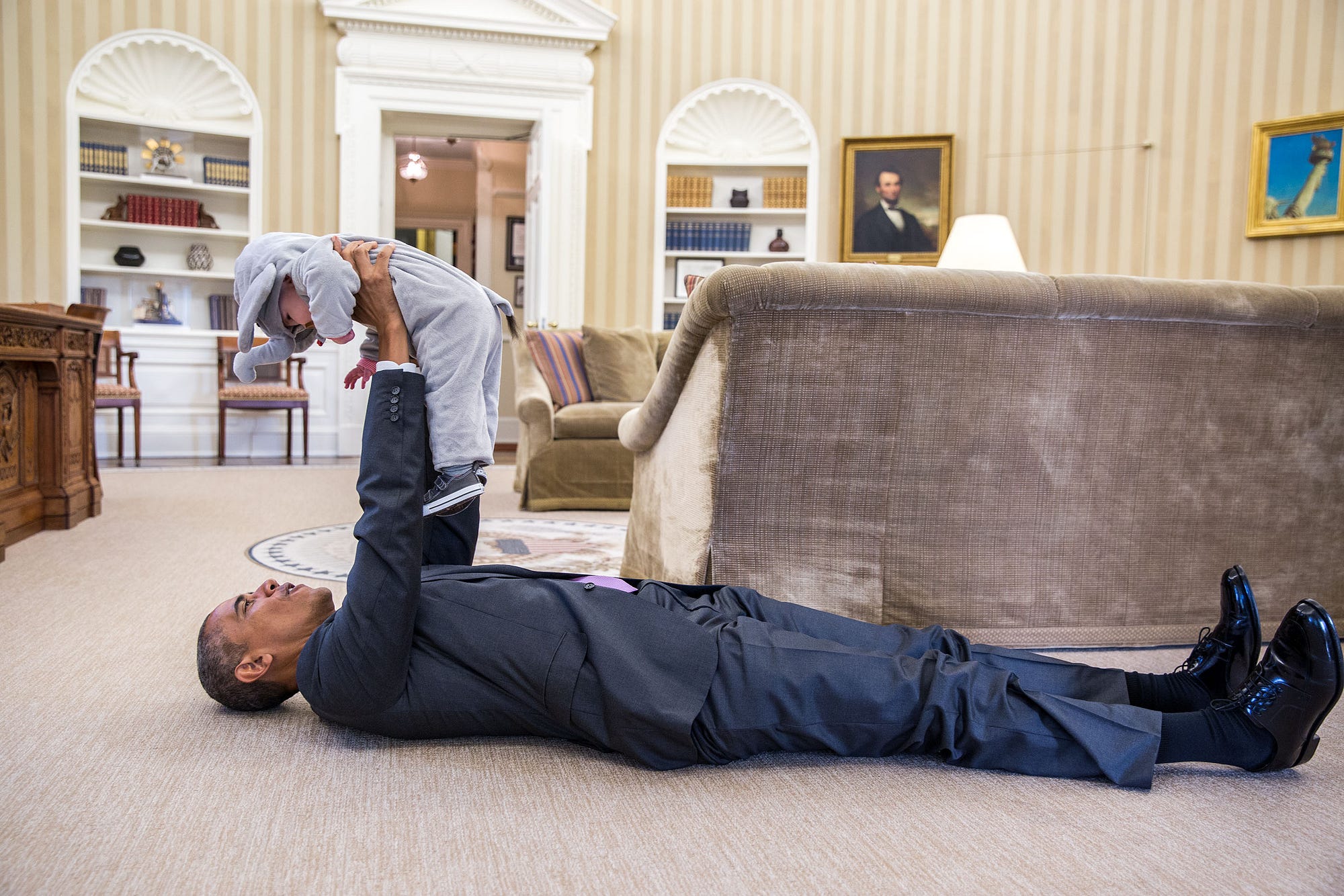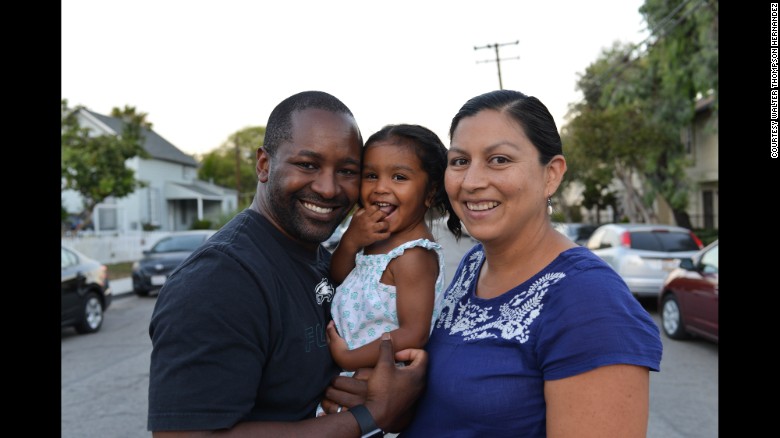Hollywood’s Obsession With the Bottom Line Is Just Discrimination in DisguisePosted in Articles, Communications/Media Studies, Media Archive, United States on 2016-03-04 01:12Z by Steven |
Hollywood’s Obsession With the Bottom Line Is Just Discrimination in Disguise
Cosmopolitan
2016-02-25
Stephanie Allain has worked in Hollywood for more than 30 years, both in and out of the studio system. She’s produced award-winning films including Hustle & Flow, Peeples, Beyond the Lights, and Dear White People. Her next projects include Underground, a film about frat hazing at historically black colleges, for Netflix, and Crushed, a half-hour comedy for Lionsgate/Hulu inspired by the only black-owned family vineyard in Napa. She is also director of the L.A. Film Festival.
In 1990, I interviewed a young man to replace me as a script reader in the story department of Columbia Pictures. That man was 22-year-old John Singleton, and he couldn’t care less about the reader job. Instead, he pitched me his script about three young kids in South Central called Boyz N the Hood. When I got it from his agent, I closed the door to my tiny office and read it cover-to-cover. Up until then, I had been imitating my white mentors, Amy Pascal and Dawn Steel, culling the town for “commercial” scripts. Reading Boyz N the Hood reconnected me to my roots; it blew my mind wide open. There was an entire world of stories that had yet to be told, and as one of the few black women in Hollywood, I was determined to find them.
I was born in New Orleans in 1959 to Creole parents. Racism was insidious at that time in the South, so my father, a biochemist, and my mom, an educator, packed up our Impala in June 1965 and drove my sister and me to Los Angeles. We settled into a modest home near Wilshire Boulevard in the artistic community known as Miracle Mile, near the famous LACMA (Los Angeles County Museum of Art). I think my father hoped we could escape racism by moving us out West and putting us in predominantly white schools, but that was a misguided wish: We reached L.A. just as the Watts rebellion broke out, exposing deep racial tensions in the city…
My colorblind bubble burst in fifth grade when the cute white boy who sat near me leaned across the aisle during a conversation about the Black Power movement and asked if I was a Negro. Somehow, I’d buried my shameful childhood memories of using a clothespin to narrow my nostrils. I’d forgotten how my cousins and I would compare skin color, the lighter ones wondering if we could “pass” like our grandmother was forced to do in her youth for survival…
Read the entire article here.




